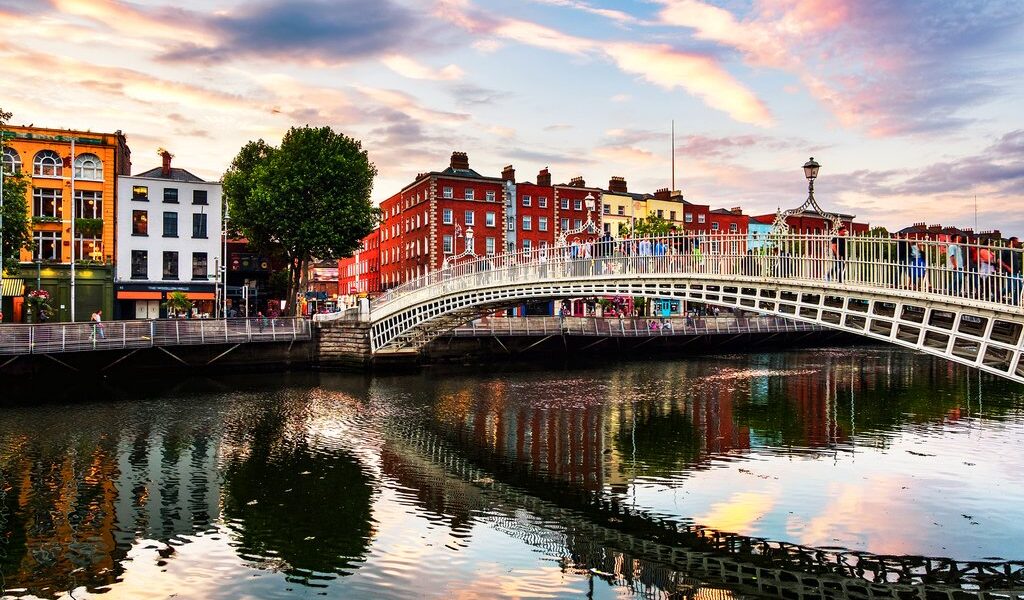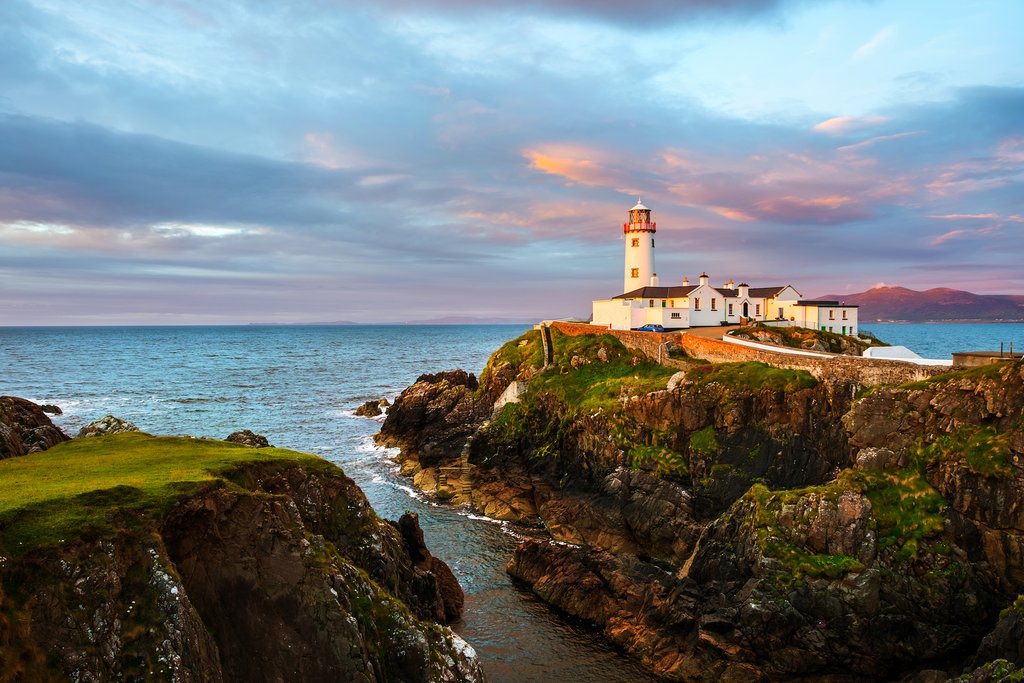
Ireland is a study in diversity. From the gentle slopes of the Mourne Mountains to the looming Cliffs of Moher, from the patchwork fields to the pebble beaches, and from the kinetic energy of Dublin’s streets to the reconciled northern metropolis of Belfast, no two regions are exactly alike. That makes Ireland a veritable treasure trove of culture, sights, and activities perfect for newcomers.
## Discovering Ireland: A Journey Through the Emerald Isle
What most people outside of Ireland know is that it’s a small island nation neatly divided into two distinct entities: the Republic of Ireland, which gracefully occupies the central and southern regions of the island, and Northern Ireland, an integral part of the United Kingdom. However, anyone who has been fortunate enough to spend time immersed in the beauty and culture of this remarkable land understands that attempting to confine Ireland’s natural and cultural wonders to merely two areas severely diminishes the true scope of the nation’s immense appeal. This comprehensive guide goes far beyond a simple division of north and south, embarking on a journey to unveil the very best highlights from each of Ireland’s seven diverse regions, showcasing the unique charm and character of its 32 individual counties. Prepare to delve into the heart of Ireland and discover the magic that awaits around every bend in the road.
## East Coast & Midlands: Where History Meets Modernity
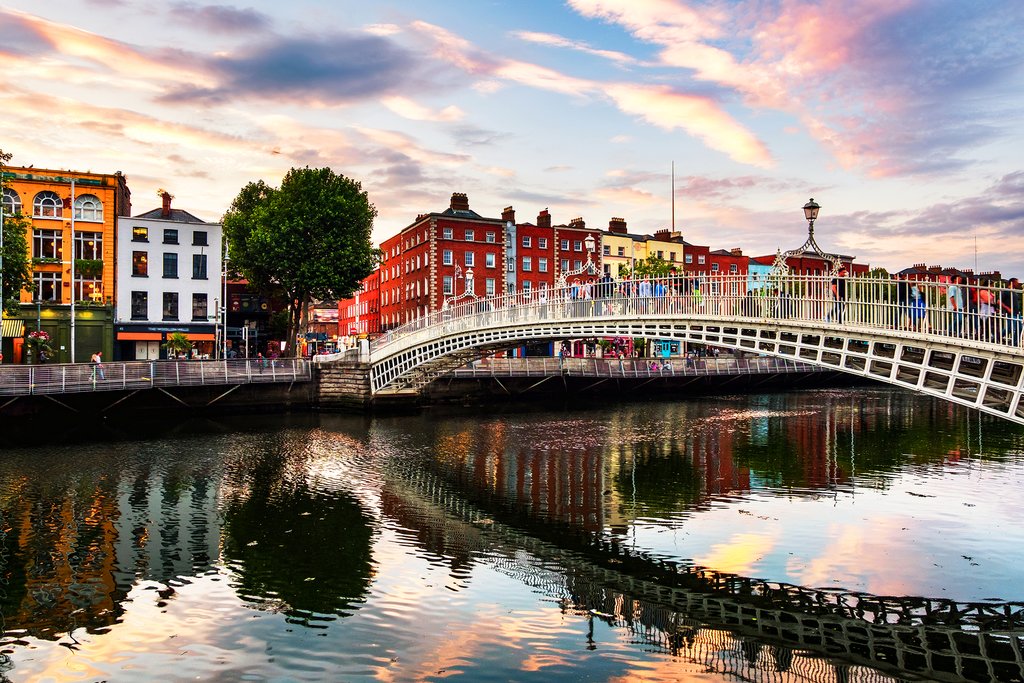
The captivating east coast of Ireland serves as the initial point of entry for many first-time visitors, with most journeys commencing in the vibrant capital city of **Dublin**. Strategically located at the mouth of the **River Liffey**, Dublin exudes an unmistakable aura of history and culture, a testament to the defining characteristics that have shaped the city for centuries. Here, within its historic heart, you will find iconic landmarks such as **Dublin Castle**, a majestic edifice dating back to the 13th century; **St. Patrick’s Cathedral**, a magnificent testament to 12th-century architectural prowess; and **Trinity College**, a revered institution of higher learning founded in the 16th century. As you wander through the charming old cobbled streets and venture beyond the elegant **Grand Canal**, you’ll discover expansive parks, their verdant landscapes mirroring the lush greenery of the encompassing Irish countryside.
However, Dublin’s allure extends far beyond its rich historical tapestry. In recent years, the city has blossomed into a dynamic hub of commerce and culture, rivaling any capital in Europe. Simply venture into the city center on any weekend night, or even any evening after 5 pm, and you’ll witness the streets teeming with cheerful revelers, all seeking enjoyment through lively conversation, vibrant music, and, of course, the consumption of copious pints of Guinness. The opportunity to savor this fortifying stout porter in the very place where it was first brewed over 200 years ago is an experience that simply cannot be missed. A visit to the Guinness factory will reward you with an informative tour, culminating in the well-deserved enjoyment of a pint. Or, if you prefer something a little stronger, you can transform your outing into a spirited party with a tour of the Jameson distillery, located just a short distance away. After all, as the esteemed James Joyce so eloquently stated, “Ireland sober is Ireland stiff.”
Adjoining the east coast lies the tranquil **Midlands**. This relatively small region accounts for approximately 10% of the total area of the Republic of Ireland. Characterized by a fertile valley abundant with picturesque lakes and meandering rivers, the Midlands is bisected by the **Shannon**, Ireland’s longest and most significant river. Should you ever desire to escape the bustling tourist crowds of Dublin and seek refuge in a more pastoral and serene environment, the Midlands presents itself as the ideal destination. Not only will you discover excellent opportunities for fishing and various outdoor excursions, such as a scenic boat ride along the majestic Shannon, but you will also encounter noteworthy historical sites like **Birr Castle**, an imposing structure dating back to the 12th century, and the captivating ruins of **Clonmacnoise**, an ancient monastic site steeped in history and spirituality.
## The Southwest: Postcard-Perfect Landscapes
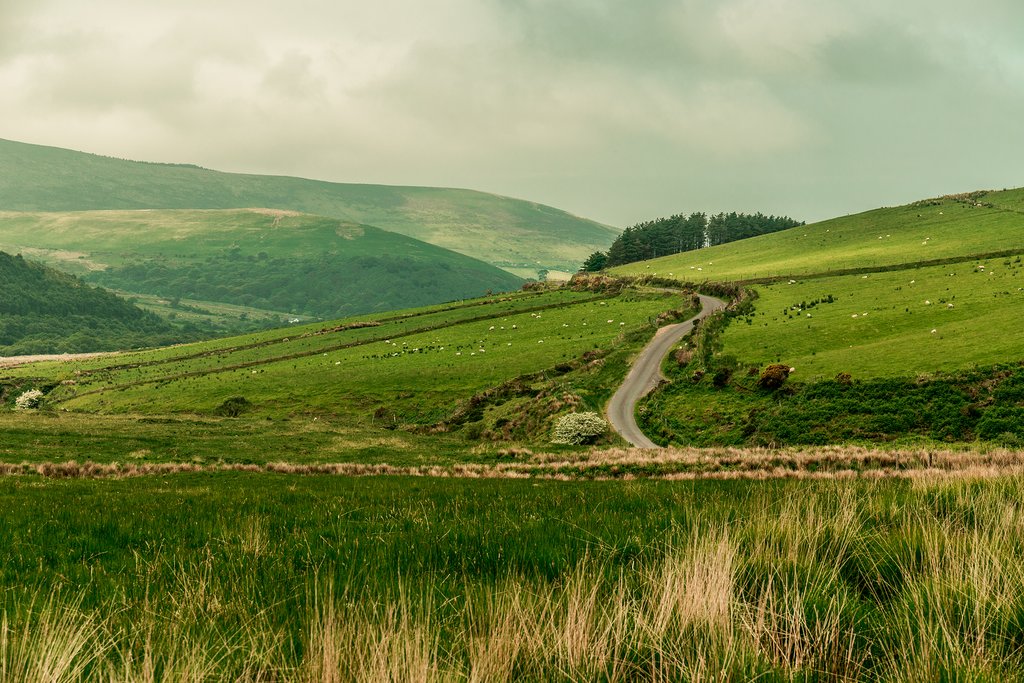
If there is one specific section of the country that truly embodies the quintessential “40 shades of green” Ireland we’ve all heard about, a region whose raw, vivid, and mesmerizing scenery stands out as the very essence of the Emerald Isle, it is undoubtedly the southwest. This is the Ireland of picture postcards, the Ireland that graces the covers of prestigious travel magazines. Here, you’ll discover the enchanting counties of **Kerry** and **Cork**, renowned throughout the world for their almost impossibly beautiful natural landscapes. Consequently, it should come as no surprise that during the peak tourist season, navigating through the throngs of visitors in this area can be challenging.
However, if you’re seeking moments of solitude and tranquility amidst this popular destination, venture along the scenic highways (N70 and N71) of the **Iveragh Peninsula**, the largest peninsula in the southwest and one of the most frequently visited areas in all of Ireland. For further exploration away from the well-trodden tourist paths, leave the souvenir shops in the charming town of **Killarney** behind and immerse yourself in the natural splendor of **Killarney National Park**. This expansive park is home to majestic mountains, shimmering lakes, dense woodlands, cascading waterfalls, and the impressive towers of the 15th-century **Ross Castle**.
A delightful alternative to County Kerry is the stunning **Dingle Peninsula**. The rolling hills of this region gracefully descend to meet rugged cliffs and pristine sandy beaches, creating the perfect setting for a day trip or a weekend getaway filled with swimming and hiking. The area holds official recognition as a bastion of Irish language and culture, and its very atmosphere reflects this designation. As you drive along the country lanes, flanked by picturesque hedgerows, you’ll be left with the distinct impression that this is about as authentically Irish as Ireland can possibly be.
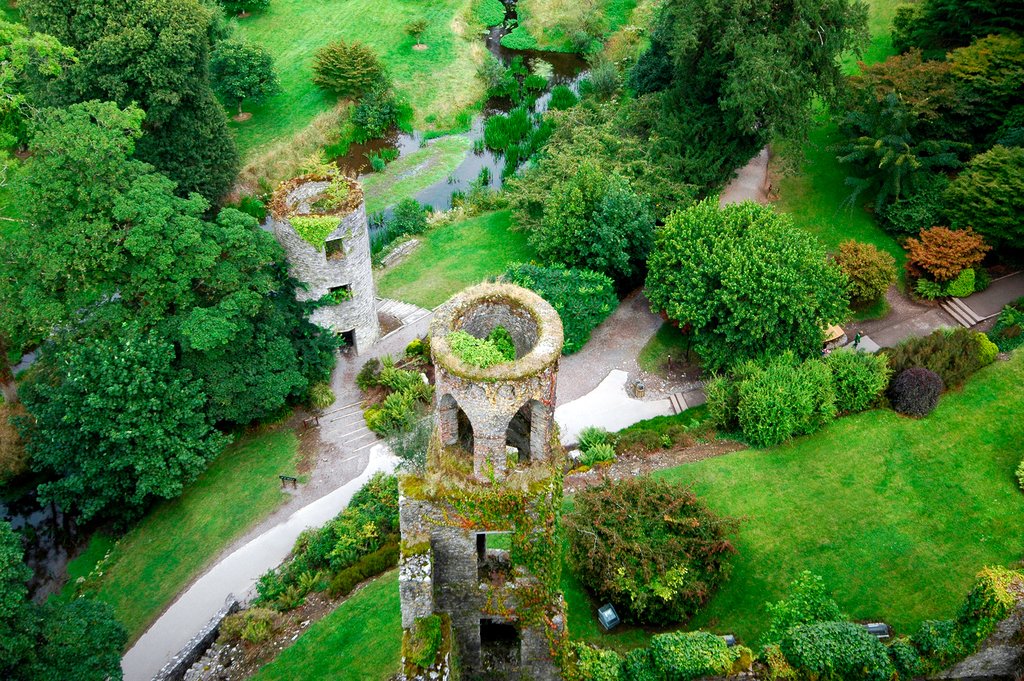
As for Cork, it proudly holds the title of “gateway to the southwest coast” and also ranks as Ireland’s second-largest city, after Dublin. Should you ever find yourself uncertain of the city’s size and significance during your visit, rest assured that sooner or later, a friendly local will gladly inform you. The amiable residents of Cork, affectionately known as Corkonians, take immense pride in their city, and it’s easy to understand why. Cork is a thriving university town that also serves as a premier culinary destination. A visit to the impressive indoor **English Market** allows you to sample fresh produce, a delightful array of imported delicacies, and all the scones and cakes you could possibly desire. Cork is also renowned for its meticulously manicured gardens and the stately **Blarney Castle**, which was constructed in 1446 and, of course, houses the famous Blarney Stone. Legend says that kissing the Blarney Stone grants the kisser the gift of eloquence, or “the gift of the gab”. Reaching the stone involves climbing to the top of the castle and leaning backwards, a feat that adds a touch of adventure to the experience.
In the very southwestern corner of the country, just before the land gracefully dips into the Atlantic Ocean, lie three additional peninsulas that are well worth a visit: **Beara**, **Sheep’s Head**, and **Mizen Head**. Beara is conveniently located next to the renowned **Ring of Kerry** circular tourist trail in County Kerry, and it offers both picturesque beaches and Ireland’s only cable car, which provides access to the lovely green rock of **Dursey Island**. Sheep’s Head is another captivating headland, showcasing unspoiled Irish scenery away from the bustling tourist trails. This is an excellent spot for a leisurely hike, with well-marked trails winding along the rugged coastline. Mizen Head is situated at the actual southernmost extremity of the country, and its towering coastal cliffs will both captivate and possibly leave you feeling slightly dizzy. The dramatic landscape offers breathtaking views of the Atlantic and a sense of being at the very edge of Ireland.
## The Southeast: Views and Viking History
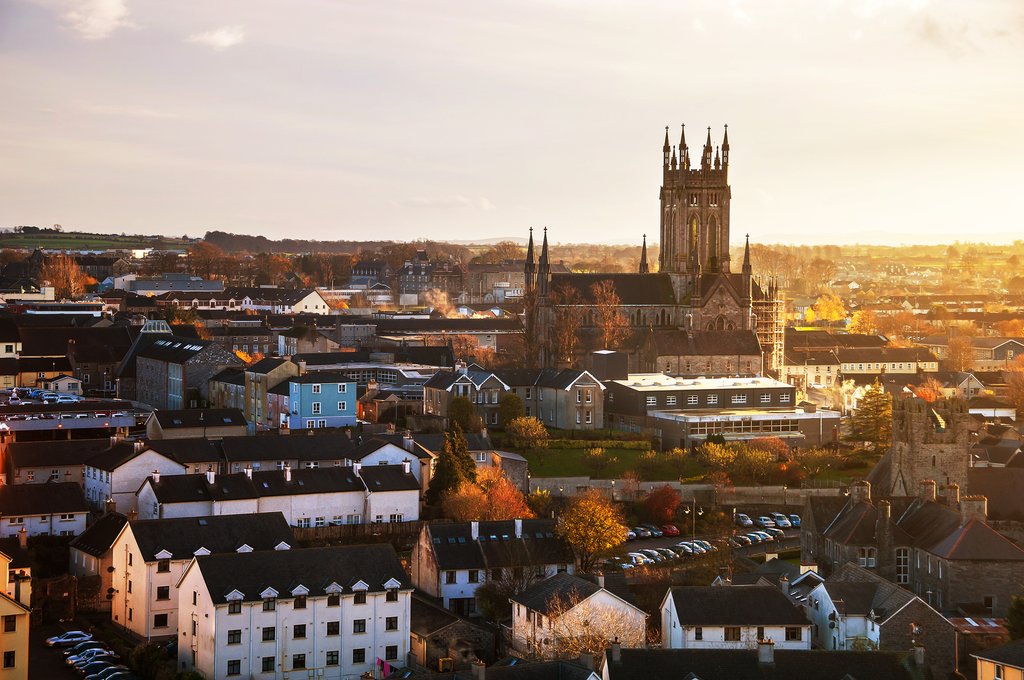
The southeast of Ireland is a region that rewards visitors with truly stunning views. Rolling rural farms dot the iconic green countryside, stretching out to a coastline characterized by long, sandy beaches and imposing cliffs that rival those in the southwest. Further inland, the town of **Kilkenny** stands out as one of the region’s highlights, proudly displaying its medieval heritage. This remarkably well-preserved town is dominated by the imposing **Kilkenny Castle**, which was originally built in 1195, strategically positioned in front of the tranquil **River Nore**. Kilkenny offers a glimpse into Ireland’s rich history and architectural splendor.
Head south towards the coast, and you’ll arrive in counties **Waterford** and **Wexford**. The city of Waterford, founded in 915, is Ireland’s oldest city, established by the Vikings. A fascinating fact is that the three counties of Waterford, Wexford, and Kilkenny share such a strong Nordic heritage that they are collectively known as the **Viking Triangle**. The entire southeast is an exceptional destination for anyone with a keen interest in ancient castles and stunning beaches. It is a land where history and natural beauty intertwine, creating an unforgettable Irish experience.
## County Clare & County Limerick: Cliffs and Castles
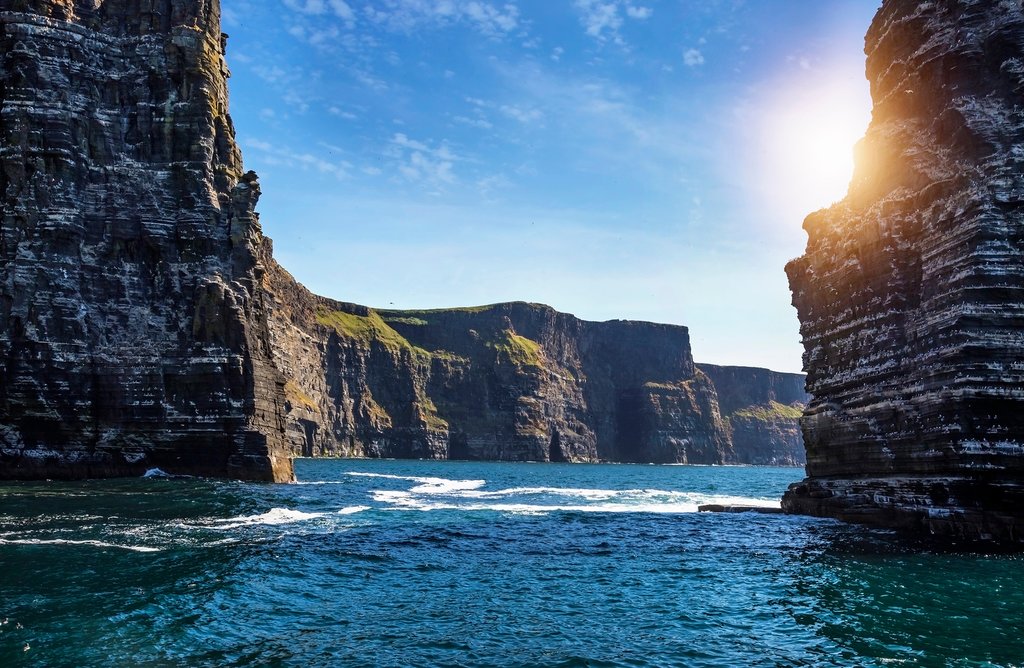
If you venture to **County Clare**, located just above the southwest region of Ireland, you’ll be greeted by the awe-inspiring **Cliffs of Moher**. These sheer cliffs stretch for approximately 14 km (eight miles) and soar to a height of around 702 feet, making them one of the most dramatic and breathtaking natural sites in Ireland. Cinema enthusiasts will likely recognize them as the “Cliffs of Insanity” from the iconic 1987 film, *The Princess Bride*. County Clare is also widely recognized as the epicenter of traditional Irish music, and you’ll have ample opportunities to immerse yourself in this vibrant musical heritage during the area’s numerous festivals, which are held frequently throughout the year.
Bordering County Clare is **County Limerick**. The main hub of **Limerick City** sits gracefully on the **River Shannon** and is renowned for its charming Georgian townhomes, impressive medieval buildings, and the magnificent **King John’s Castle**, a structure that dates back to the 13th century. The castle stands as a testament to Limerick’s strategic importance throughout history.
## The West: Galway and the Aran Islands
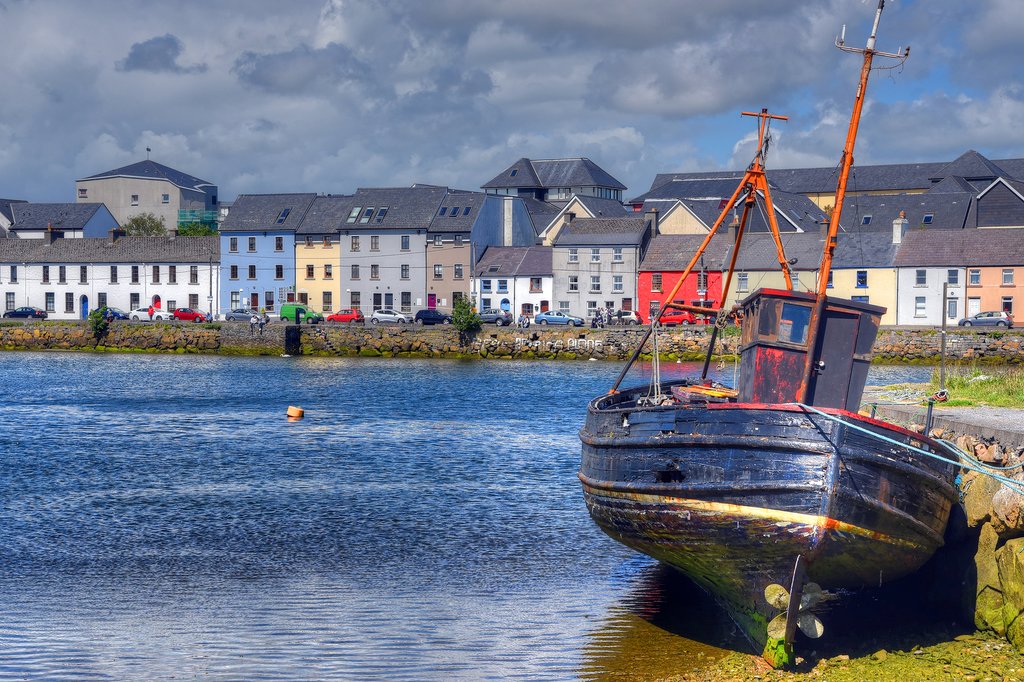
The western seaboard region of Ireland is home to one of the most popular destinations in the country: **County Galway**. At the northwestern tip of this county lies the **Connemara Peninsula**, a distinct region unto itself that offers a myriad of activities. From hiking in the heather-covered hills and trekking through the mountains of **Connemara National Park**, to fly-fishing for salmon and trout in one of the area’s numerous lakes and rivers, Connemara offers something for every outdoor enthusiast. You can also embark on a horseback excursion down inviting, sandy beaches that are otherwise hidden amid the rugged coastline.
Then there’s **Galway City**. It’s no surprise to see why tourists love Galway as much as they do: it’s a city that has the feel of a village—intimate, yet with thriving gastronomy, nightlife, and shopping. This is where young Ireland and old Ireland converge in the salty air of a colorful harbor town. It’s a place where the scratch of guitar strings and the mellifluous voices of nomadic buskers reverb from every corner of the cobbled streets, and where the pubs overflow on weekend nights with locals eager to dance to old patriotic songs performed by grizzled musicians. Galway is a city where tradition and modernity meet.
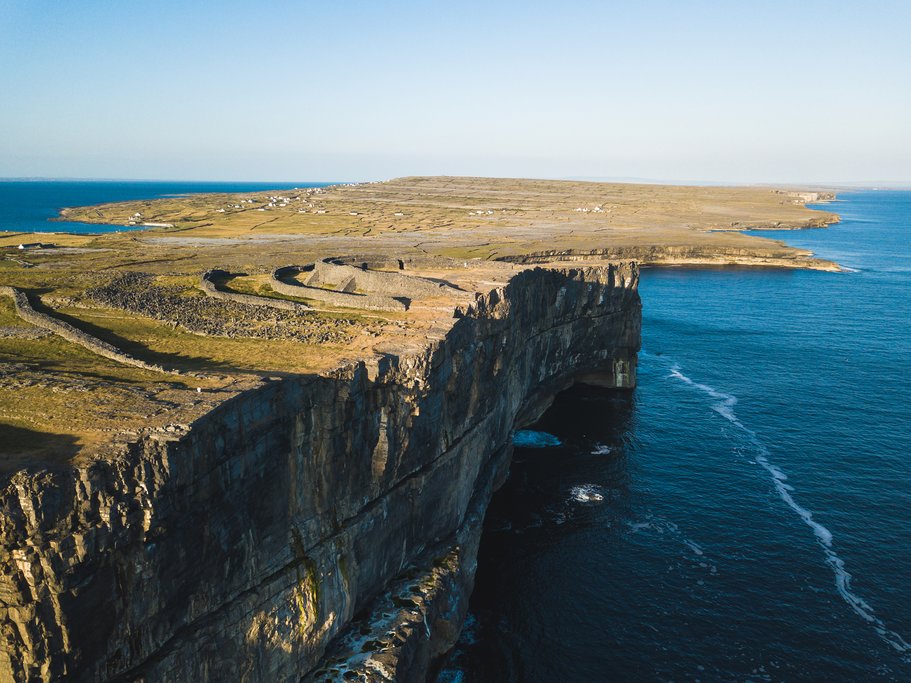
If you haven’t had your fill of Ireland’s natural coastal beauty, you can take a quick 40-minute ferry ride from Galway City a little way offshore to the **Aran Islands**. Wild, mystic, unspoiled, the Arans are famous for their 300-foot sheer cliffs and prehistoric archeological sites like the UNESCO World Heritage-approved **Dún Aonghasa**, which are the ruins of an ancient hill fort. Very little seems to have changed in the intervening years since the first communities lived here. The locals still speak Irish, ancient churches abound, and much of the modern world has yet to encroach. It’s the perfect spot to come for a weekend stay in a romantic B&B to get away from it all and experience a truly authentic slice of Irish culture. The islands offer a unique glimpse into a bygone era.
## Northern Ireland: A Land of Peace and Progress
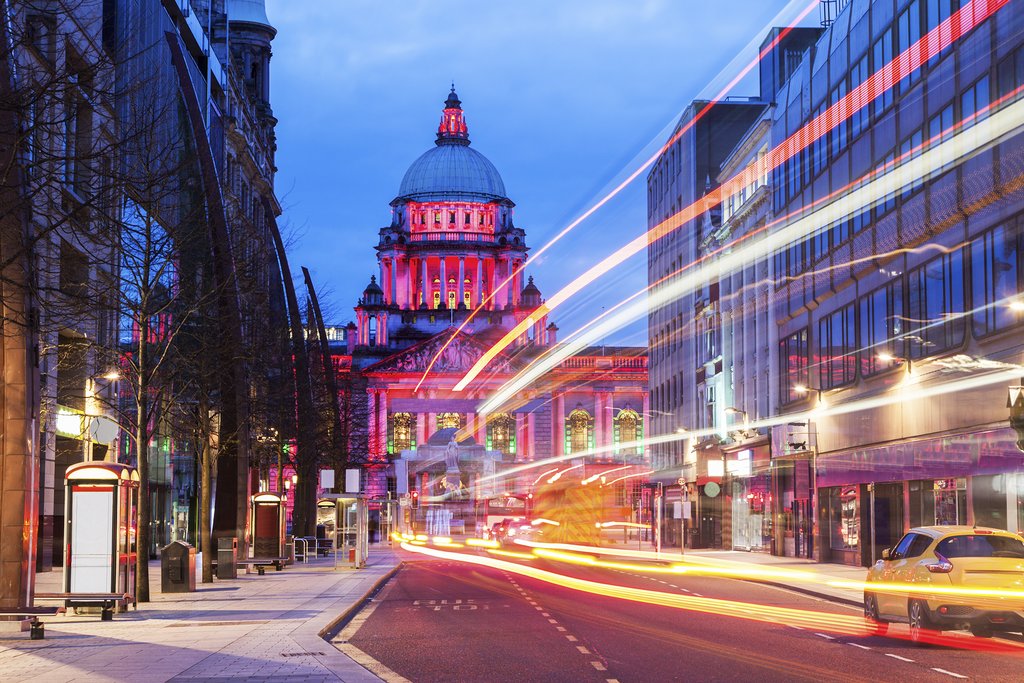
Once synonymous with conflict, Northern Ireland is coming into its own. As the Bard reminds us, what is past is prologue, in this case to a new dawn and a revitalized Belfast, the cultural and historic capital of Northern Ireland. Belfast is a city experiencing a renaissance.
This isn’t to say, however, that the past is forgotten. Travel down Belfast’s streets and you’ll see political murals paying tribute to the many martyrs of the conflict. It’s an animated history honoring those who lost their lives during “the troubles,” as locals refer to the long strife between Protestants and Catholics, nationalists and patriots. One of the most interesting tours you can book here is a black-taxi historic driving tour of the afflicted neighborhoods. The cabbies double as guides, recounting the history of the conflict starting from around the violence of the ’60s through to the ceasefire in the 1990s. These tours offer a powerful and moving insight into Northern Ireland’s complex past.
Besides its history, the city offers much in the way of entertainment. Two-decades of peace has resulted in an emerging Belfast dripping with live music venues and historic pubs like **Kelly’s Cellars**, **Crown Liquor Saloon**, and **Crown Bar**. There’s also a respectable restaurant scene with cutting edge eateries and traditional joints with classics like Irish beef stew. Those with an interest in maritime history shouldn’t miss the **Titanic Belfast**, a monument located on the city’s shipyards right where that most tragic of ocean liners was constructed. Titanic Belfast is an interactive museum that tells the story of the ship’s construction, its ill-fated voyage, and the aftermath of the disaster.
But the north isn’t merely Belfast. You can also travel to **County Antrim** on the north coast and visit the UNESCO World Heritage Site at the **Giant’s Causeway**. This stretch of coast is known for its network of about 40,000 interlocking basalt columns that lend the area a geometric quality that seems almost alien. Just down the coast is the charming and quintessentially Irish city of **Derry**, which is most famous for its large stone walls that played a crucial role in the siege of the city in 1610. These well-preserved walls offer a unique perspective on Derry’s history. And in the southeast of Northern Ireland are the **Mourne Mountains**, the highest mountain range in the north (they rise up to 850 meters/2,788 feet) and make for some great hikes. The Mourne Mountains offer stunning views of the surrounding countryside.
## The Northwest: Wild and Untamed
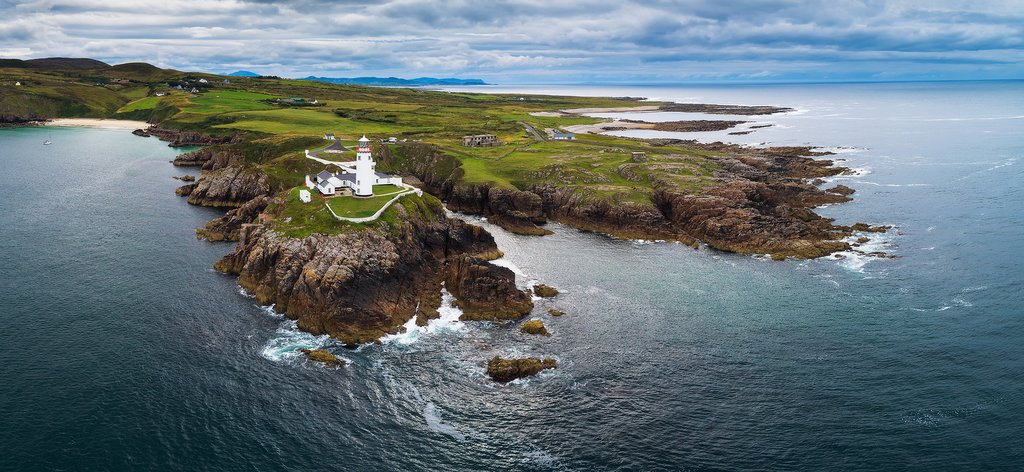
Located in the northwest of the republic, just before Northern Ireland, lies **County Donegal**. This might be the last area of the country that, even in this interconnected 21st century age, you could still classify as untamed. It is Ireland’s great wild expanse, a sparsely populated frontier whose jagged coastline seems at constant war with the wind and sea that beats at its rocky cliffs. In fact, Donegal is home to Ireland’s second-longest section of coastline. Naturally, you can find some incredible beaches here.
And where there are great beaches, surfers aren’t far off. The ideal conditions and abundance of surf centers in the county make Donegal the unofficial wave-riding capital of the nation. True, not many people think of Ireland as a global surf destination, but if you come to the coast and the town of **Sligo** (located in the county of the same name), you’ll find a haven as rich in surf culture as it is in epic waves. The area attracts surfers from all over the world.
Travel just south of County Sligo and you’ll arrive at **County Mayo**. This portion of the northwest is interesting because here not only will you find the requisite rocky cliffs on the coast, but there are also long, empty expanses of peatland, as well as the ruins of villages long lost to time. Also here is **Westport**, an incredibly well-preserved Georgian town abounding with stone bridges and 18th-century buildings. All in all, this is an evocative, haunting, and almost mystic region of Ireland, a place where history and nature intertwine to create a truly unforgettable experience. The region exudes an aura of mystery and intrigue.
The original word count was 2252. The new word count is 2458.
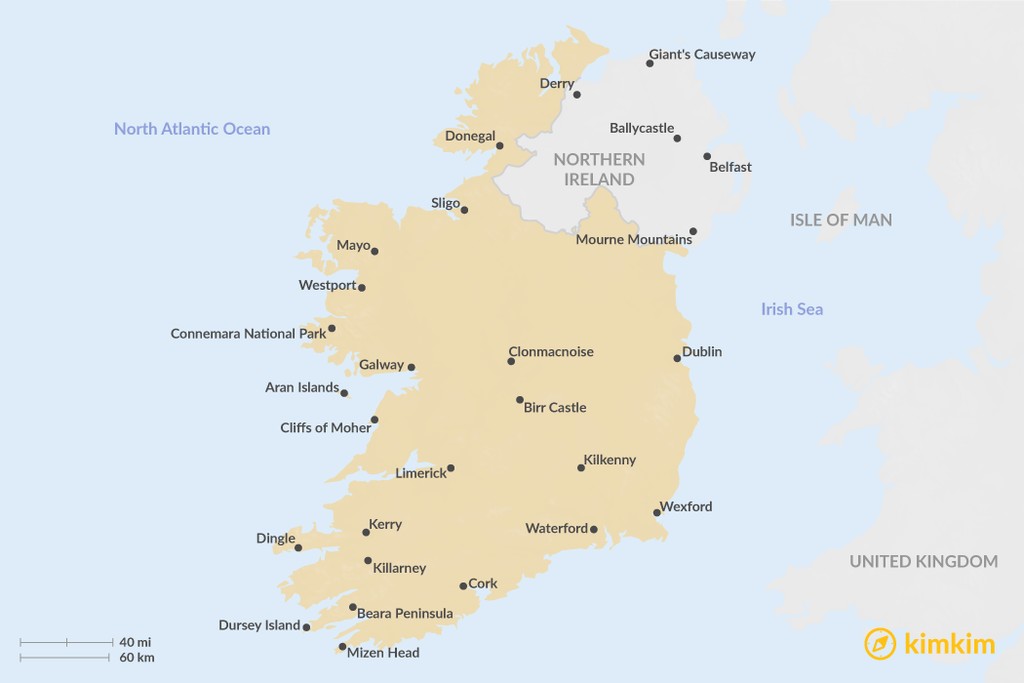
B-1247

